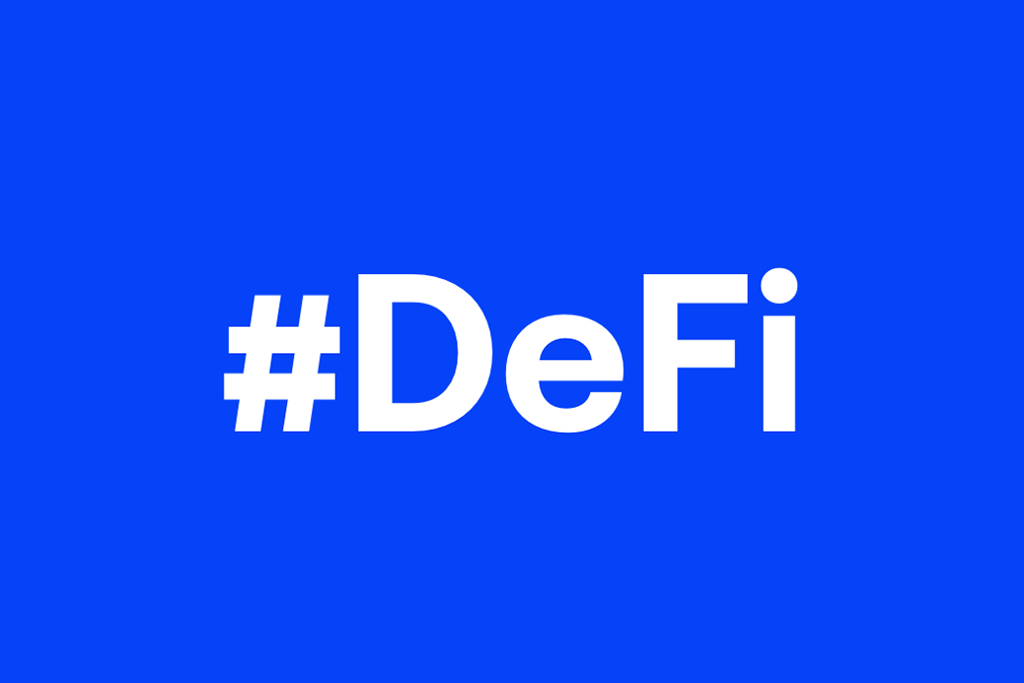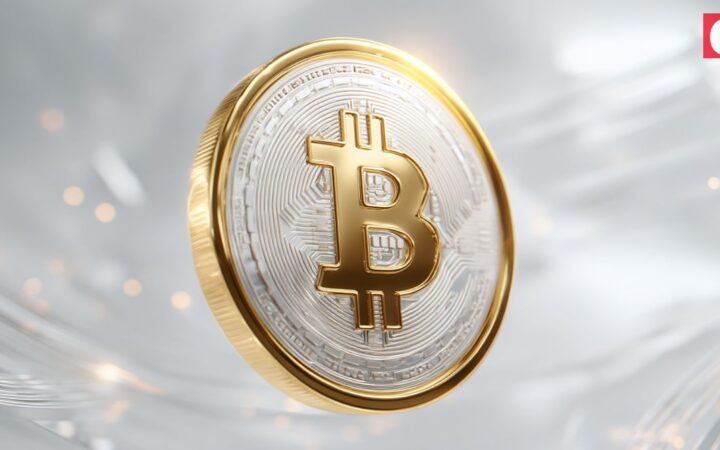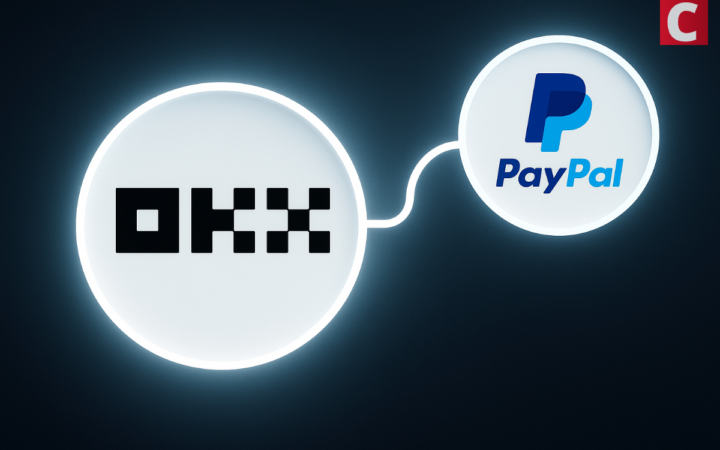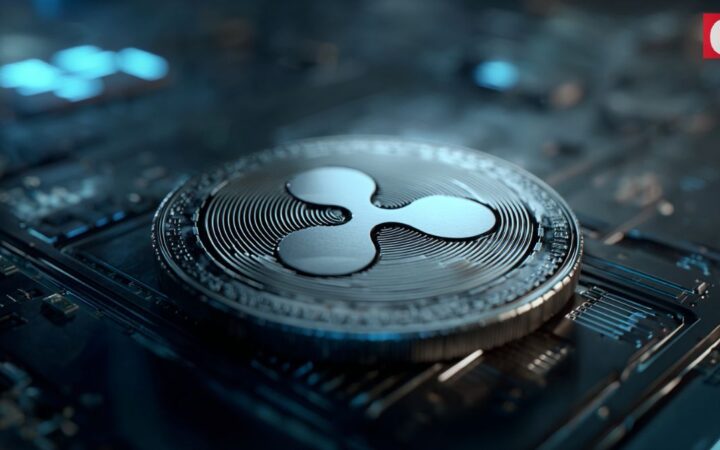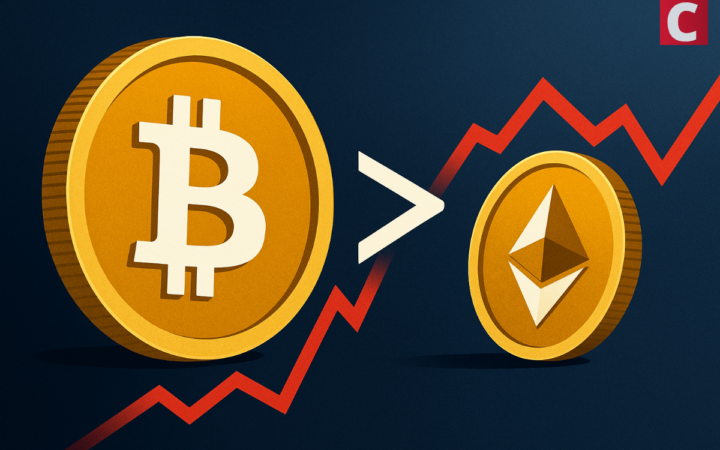
For the past few years, fintech has been one of the main themes dominating the blockchain use case debate. Blockchain in trade finance has been a hot topic, with both the Swiss and Australian Stock exchanges taking steps to incorporate distributed ledger technology.
However, within the blockchain and crypto community, the movement around decentralized finance (or DeFi) is gaining swift traction. One commentator predicts DeFi will dominate the blockchain space this year, while DeFi initiatives dominated at the ETHDenver hackathon in February, highlighting that the Ethereum community is at the forefront of DeFi.
So, what is DeFi and why is it such a big deal for the crypto community?
About DeFi
To explain DeFi, we need to differentiate between the traditional financial landscape, fintech, and DeFi. During the last few decades, fintech companies such as PayPal, Transferwise, and Revolut started to encroach on the boundaries of traditional banking. However, both conventional banks and fintech companies are centralized – either a bank or the company serves as an intermediary for transactions.
Bitcoin and other cryptocurrencies introduced the concept of decentralized, peer-to-peer finance, which is the backbone of the DeFi movement. While blockchain is still often referred to as a fintech innovation, and distributed ledgers are being deployed in the financial sector, these are generally private or permissioned ledgers which don’t leverage the full benefits of decentralization.
The DeFi movement focuses on creating a “third way” with an entire decentralized ecosystem of cryptocurrencies and tokens, exchanges, wallets, and other blockchain-based financial infrastructure. DeFi is an opportunity to create a financial system entirely distinct from what came before, that can exist alongside traditional banks and fintech companies without integrating into them.
Who’s Involved?
The DeFi movement has now coalesced into a more coherent community, which shares the principles of remaining decentralized, open-source and accessible to all.
Some of the biggest projects on Ethereum are participating in the DeFi movement. MakerDAO is among the largest with over $280m worth of ETH staked in Maker tokens as collateral for creating the DAI stablecoin. Compound, offering a decentralized money market protocol, has around $4.6m worth of ETH staked, while exchange protocol Uniswap has about $3.3m.
So far and perhaps rather oddly, Bancor is one project notable by its absence from the DeFi conversation. Bancor is the second biggest project on Ethereum, with $11.5m of tokens staked. Given that Bancor has recently integrated exchange swaps for EOS tokens, it totals up to around $13m worth of staked tokens by 140 liquidity providers, if EOS is also included.
Considering that the DeFi movement cites interoperability, accessibility and financial inclusion as part of its core values, it’s still remarkable that Bancor isn’t at the forefront of the discussions. The company’s central premise is to become a decentralized cross-chain liquidity network, which ties in exceptionally well with the stated principles of DeFi.
By ensuring continuous on-chain liquidity between blockchain-based assets, Bancor aims to redesign the way people create and share value.
How does Bancor Ensure Continuous Liquidity?
Conversions on Bancor are executed against on-chain liquidity pools using smart contracts to price and process transactions without order books or counterparties. Currently, all liquidity pools on Bancor are created based on 50% of one type of token (ERC20 or EOS-based) and 50% of Bancor’s own native BNT token.
Each token’s liquidity pool acts as a counter-party to conversions on the network. When someone wants to make an exchange, they deposit their ERC20 or EOS tokens onto the Bancor network. The network converts the token into BNT, and then dispenses the desired token to the user.
Token Conversion in Practice
To understand how token conversions are priced and processed in Bancor, let’s take a simple example of a network consisting of two liquidity pools – Enjincoin (ENJ) and Decentraland (MANA). For simplicity’s sake, let’s assume that ENJ, MANA, and BNT all have an initial value of $1 each. The following steps will enable the user to convert their MANA into ENJ.
- The users sends one MANA token to the MANA token relay, increasing the MANA supply in the relay to 11 MANA.
- The MANA relay sends one BNT, reducing the BNT supply to 9.
- This creates an imbalanced Relay. To balance it, the Relay decreases the price of the sold MANA token, setting its price using the Relay’s new token balances 9(BNT)/11(MANA) which is now equal to $0.81.
- The withdrawn BNT is automatically sent to the ENJ relay, which increases the supply of BNT inside the ENJ relay to 11 BNT.
- The ENJ relay sends one ENJ token to the user, which decreases the ENJ supply to 9.
- This once again creates an imbalanced relay. To balance it, the relay increases the price of the purchased ENJ to 11(BNT)/9(ENJ) or $1.22.
All these steps take place under the hood. From the user perspective, they simply see an instant conversion from MANA to ENJ, which is recorded securely on-chain.
As shown above, the value of tokens on Bancor fluctuate according to supply and demand, so users know they’re always getting a fair market price.
Bancor and DeFi – The Perfect Marriage?
Unlike centralized exchanges such as Binance or Coinbase, exchanges on Bancor are non-custodial. The network doesn’t hold onto your crypto-assets, whereas using crypto exchanges comes with the risks inherent to allowing a third party to control your funds. This puts Bancor in the position of being a truly decentralized financial innovation, aligned with the principles of DeFi.
Furthermore, Bancor chose to base its Liquidity Network on BNT, which isn’t tied to any one blockchain. Using BNT is the most efficient way to enable convertibility and liquidity across blockchains.
In the future, Bancor foresees that more platforms could be integrated into the network, meaning users can easily convert between tokens on different blockchains. This interoperability further plays to the principles of the DeFi movement.
Whereas 2018 was the year that everyone was talking about blockchain as the next generation of fintech, 2019 is the year of DeFi. The digital financial economy is developing itself into a self-sustaining ecosystem through innovations like Bancors Liquidity Network and Makers DAI stable coin. It’s an exciting time for decentralized finance.

